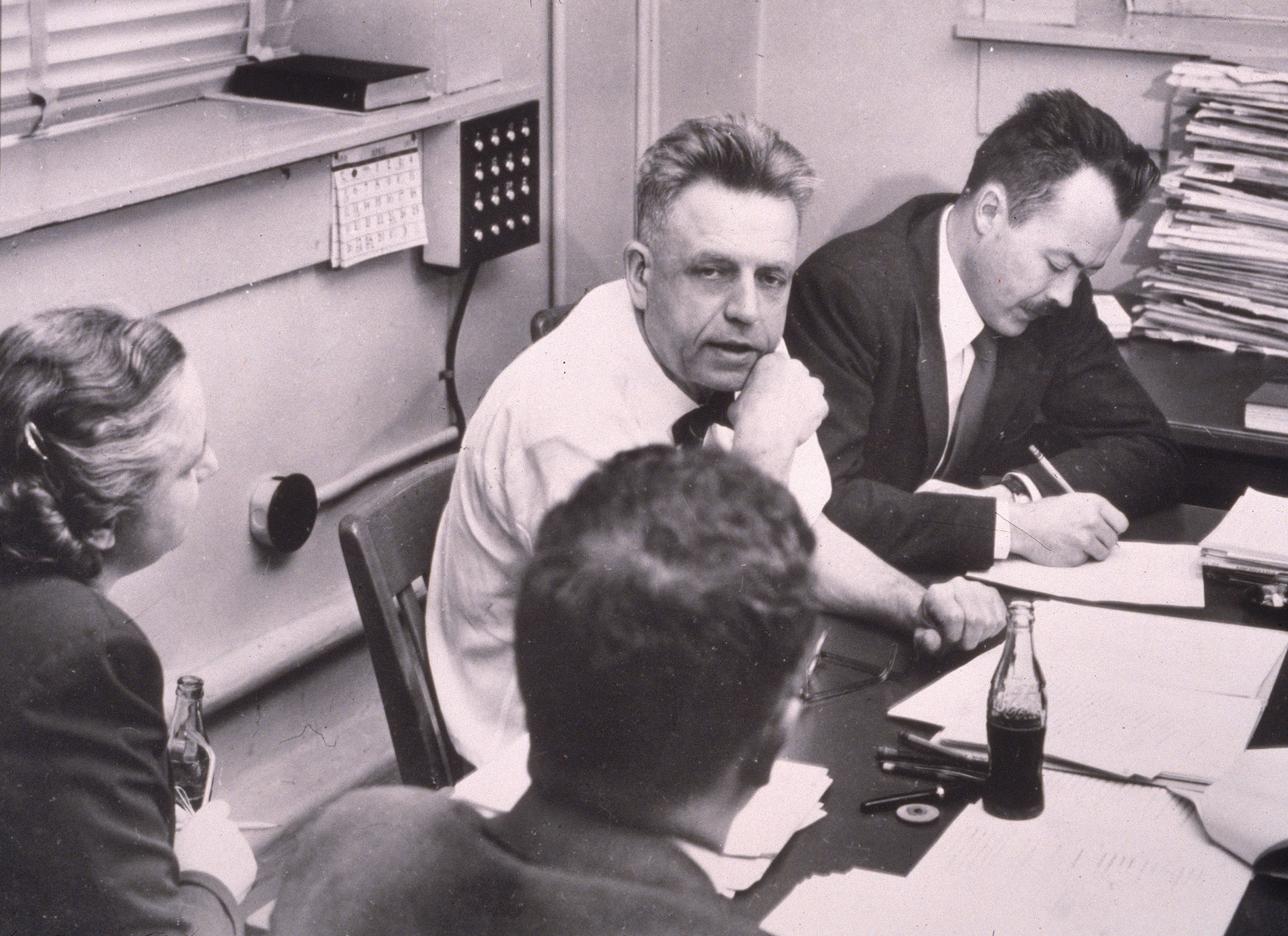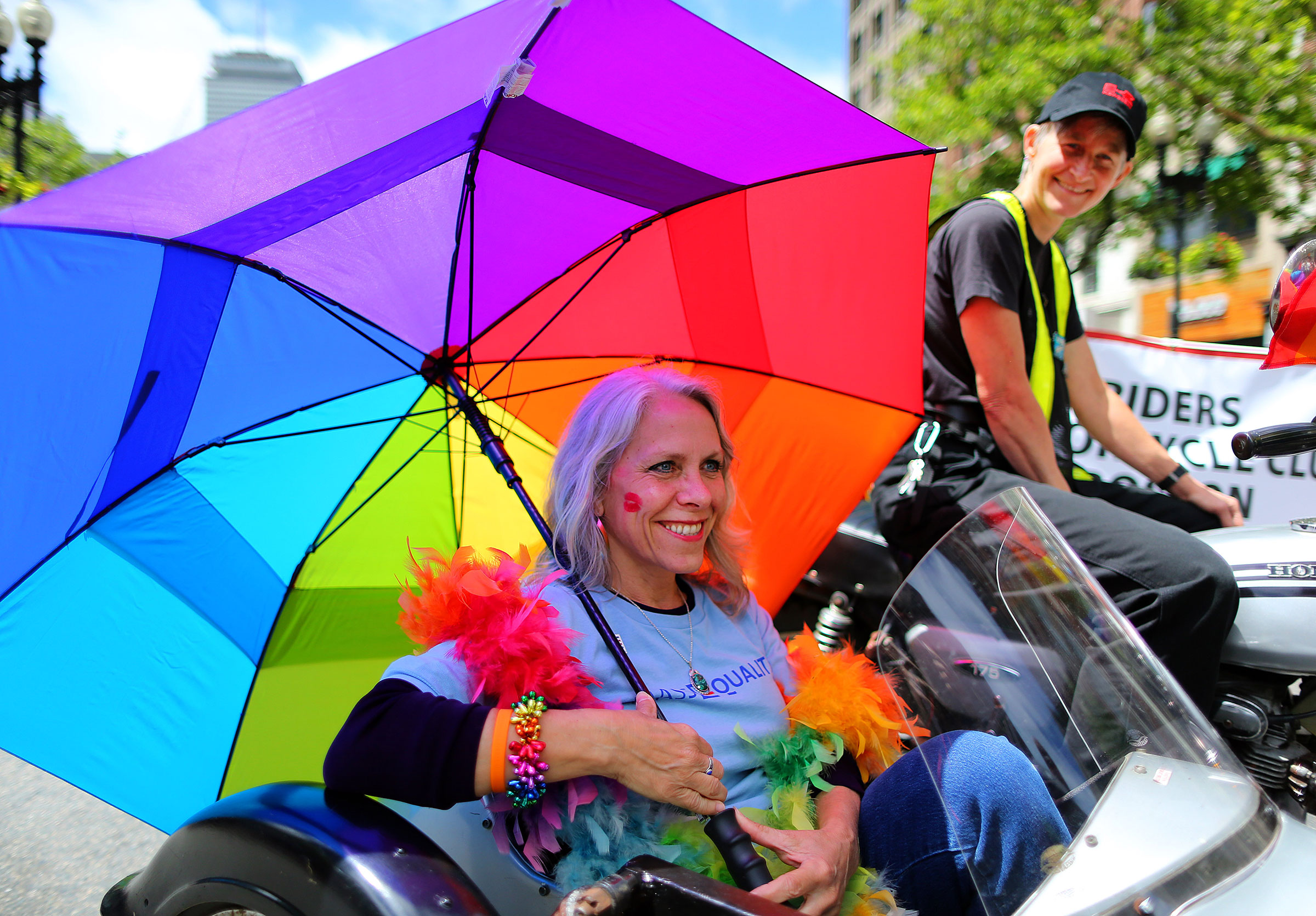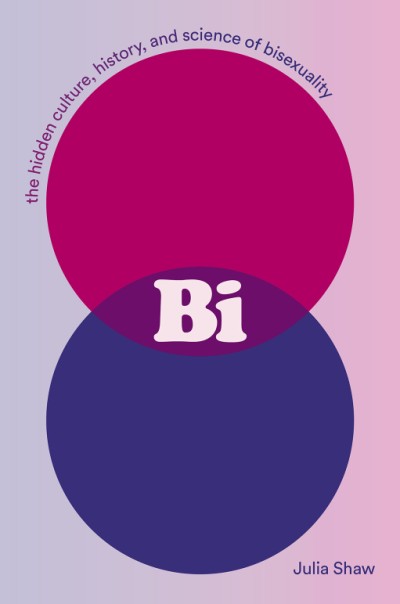
Collective amnesia makes us feel as if there are no bi people in history. That is, until we see that bi people have been there all along, they’ve just been mislabeled or left out of the narrative. Bisexuality is the sexual and/or romantic attraction to multiple genders. Nestled within the term bisexual are other labels, including pansexual, omnisexual, and polysexual. Which term people use is almost entirely down to preference, although sometimes the choice is driven by an ahistorical misconception that the bi in bisexual reinforces a gender binary and excludes trans and nonbinary people.
One reason why we might “forget” bisexuals is because those who are attracted to people of multiple genders rarely call themselves bi. Historically, there have been a number of reasons for this, including wanting to avoid discrimination and stigma. There have long been toxic misconceptions of bisexual people as promiscuous and unfaithful, in a confused state of sexual transition or experimentation, lying about their attractions for attention or to attract men (particularly bi women), or simply adhering to some sort of trend (particularly young people).
Being bi could also get you kicked out of your local queer space. Bisexuality introduces nuance, which has always made it easier to discard than accommodate it. In tough times, when queer people were fighting for their lives and for basic legal protections, some gay rights groups strategically rejected bisexual people. For example, in the 1970s there were instances where the Gay Liberation Front, a queer-rights group, treated bisexual people as effectively straight, and thus associated them with regressive politics and edged them out of the organization.
But historians have never let a lack of self-labeling prevent them from trying to find queer people in history. People also shied away from terms like gay or lesbian, and yet we can find many books on their history. Still, it was only when I went back to university for a master’s in queer history that I realized that the absence of bisexuality in most versions of LGBTQ+ history wasn’t because there were no bi people in the past. Rather, that lack of knowledge is the result of an overcompensation for compulsory heterosexuality, which has meant that most people with homosexual desires in the U.S. were forced to live lives that involved heterosexual sex and relationships.
In the search for queer lives in the past, one way that academics have dealt with this is to assume that people who had any kind of same-sex desires or sex must have been gay or lesbian, even if they were also in heterosexual relationships. Partly because of this, the term bisexual is often entirely absent from historians’ writings. By doing so, we are systematically mislabeling people who were attracted to multiple genders, erasing bi history. When we untether bisexual people from their own past, we obscure the ways in which bisexuality is a cornerstone of the human experience.
Here are some important people in bi history you should know:
The bisexuality researchers you need to know
One of the earliest researchers to legitimize the study of bisexual people was Havelock Ellis (1859-1939). Ellis was based in the U.K., and in the 1927 edition of his book Sexual Inversion, he describes many case studies of bisexual people. He includes some negative stereotypes, but also some decidedly positive ones. For example, he wrote that bi women made “great religious and moral leaders.” It is these kinds of positive statements that led to the first edition of his book being ruled “obscene” in an English court because he dared to write about queer lives without condemning them. It took him multiple attempts to get the book published.
Probably the most famous sex researcher of all time was Alfred Kinsey (1894-1956). He was a biologist at Indiana University who introduced nuance into the discussion of sexuality. His Kinsey Scale allows us to categorize sexuality as a number between 0 and 6, from exclusively heterosexual to exclusively homosexual. In his famous mid-20th century studies, he shocked the world when he found that a huge number of people (he often stated “a quarter to half”) had homosexual and heterosexual desires. He also openly criticized other researchers who assumed that people could only be either gay or straight, and spoke of the “endless intergradations” that captured the reality of people’s sexualities.

Following in Kinsey’s footsteps, Fritz Klein (1932-2006) was a sex researcher and psychiatrist who published the book, The Bisexual Option, in 1978. He was a bisexual man himself, and he started a group for bisexual men to help them feel secure in their own sexuality; that practice grew into affirmative therapy that would help many people better understand their own sexual behaviors and identity. The Klein Sexual Orientation Grid is an expanded version of the Kinsey Scale. Klein also set up the Journal of Bisexuality and the American Institute of Bisexuality, which both continue to further bi research today. These organizations have been fundamental in giving a home to research and writing on bisexuality.
Bi activists who fought for queer rights
There have also been a number of tireless activists who have fought for queer and bisexual rights, including Brenda Howard (1946-2005). Howard is sometimes referred to as the “mother of pride” because after the Stonewall uprising, she played a major role in organizing the first marches of LGBT+ people, which laid the foundations for global Pride marches.
Another activist who worked in some of the same groups as Howard, and continues their work today, is Lani Ka’ahumanu (born in 1943). Ka’ahumanu has been a leader of the bisexual rights movement in the U.S. since 1980. She founded a number of groups that were specifically for bisexual people, which was particularly important given the shaky history between bi people and gay and lesbian communities. Ka’ahumanu created safe political spaces where bi people didn’t need to justify their sexuality or their inclusion. To this effect, in 1983, she co-founded BiPOL, one of the first bisexual political action groups in the country; she later co-coordinated the San Francisco Bay Area Bisexual Network. Ka’ahumanu is also a major reason why the B is included in LGBT, because of her campaigning in the leadup to the 1993 March on Washington.
Other people who are still fighting for bi visibility and protections today include activist Robyn Ochs, who wrote the most widely cited definition of bisexuality; New York Times columnist Charles Blow, who fights for bi visibility including in the Black community; and Kyrsten Sinema, who was the first openly bisexual person elected to Congress in 2012.

The main thing that people get wrong about the history of bisexuality is assuming that there is none. As more people embrace bisexual identities, I expect there will be a new thirst for knowledge, followed by a quenching wave of bisexual stories uncovered from the archives of history.
By uncovering previously untold accounts, and re-telling the stories of people previously too eagerly labeled gay and lesbian, bisexual people will finally be able to remember some of the pieces of their own history.

Dr. Julia Shaw is a criminal psychologist at University College London and part of Queer Politics at Princeton University which works for LGBT+ equality, democracy, and civil rights. She is actively involved in bisexual research and is the founder of the international Bisexual Research Group. Shaw’s latest book, Bi: The Hidden Culture, History, and Science of Bisexuality, is set to be released on June 28.
More Must-Reads from TIME
- How Donald Trump Won
- The Best Inventions of 2024
- Why Sleep Is the Key to Living Longer
- Robert Zemeckis Just Wants to Move You
- How to Break 8 Toxic Communication Habits
- Nicola Coughlan Bet on Herself—And Won
- Why Vinegar Is So Good for You
- Meet TIME's Newest Class of Next Generation Leaders
Contact us at letters@time.com